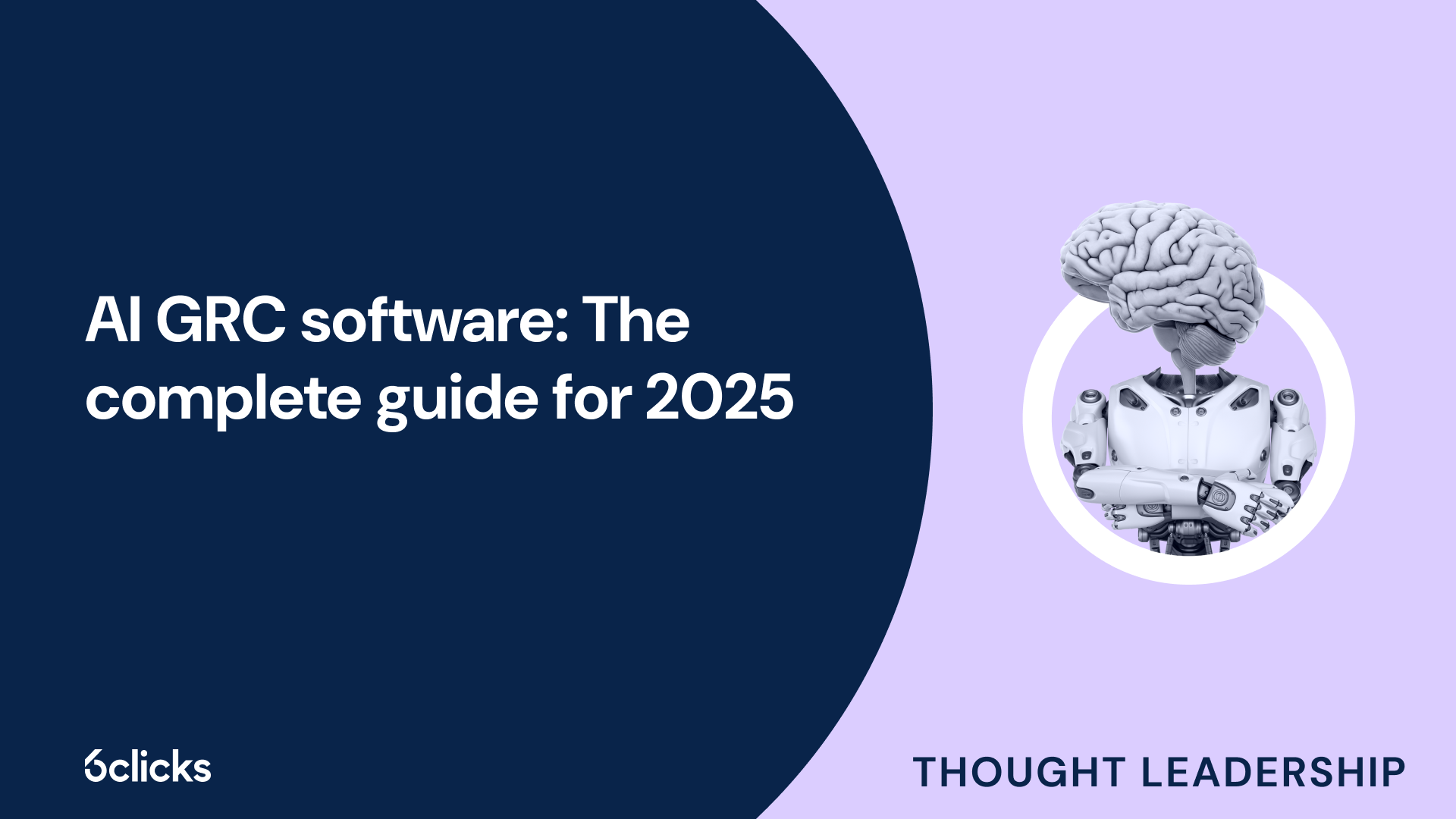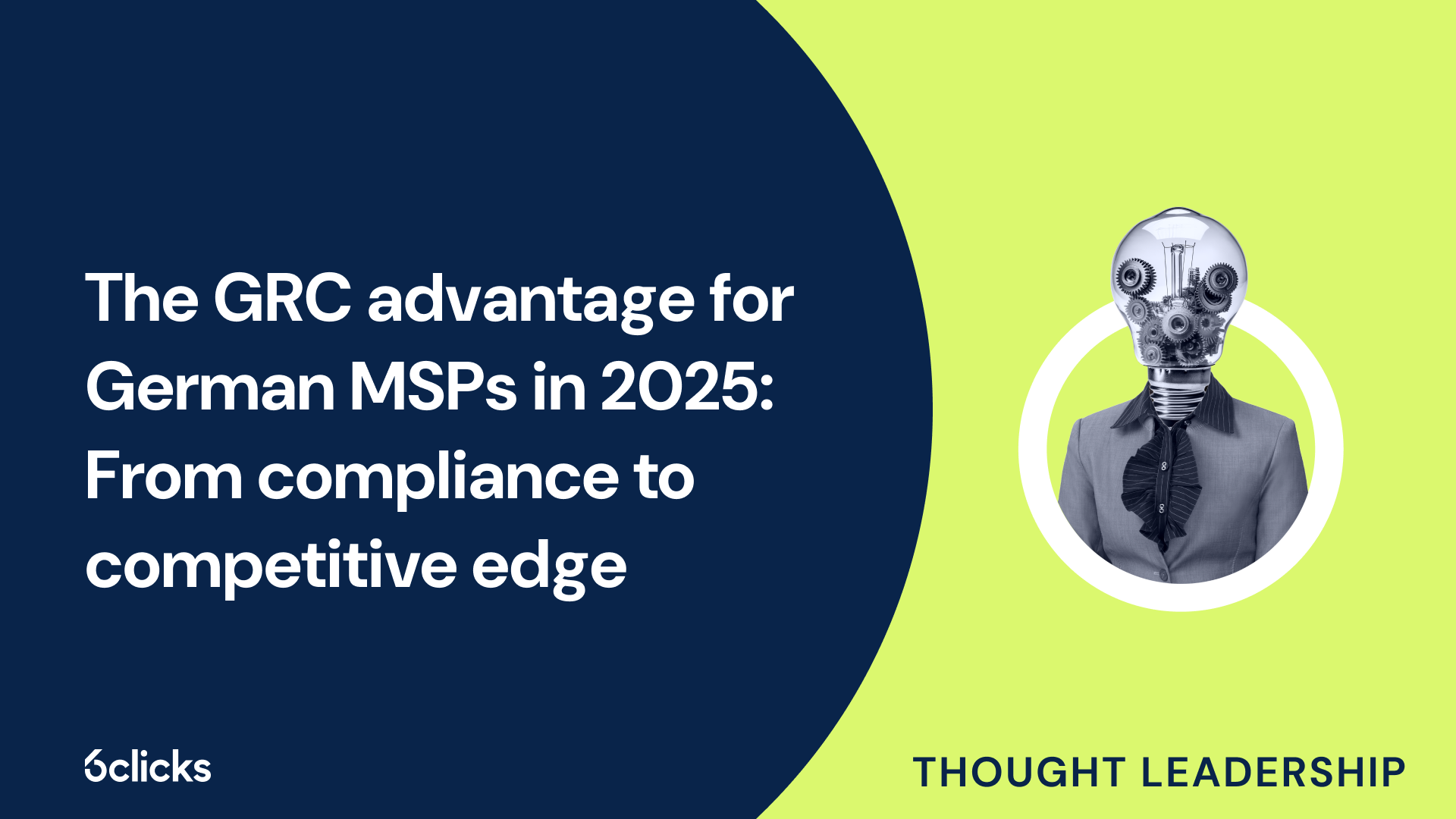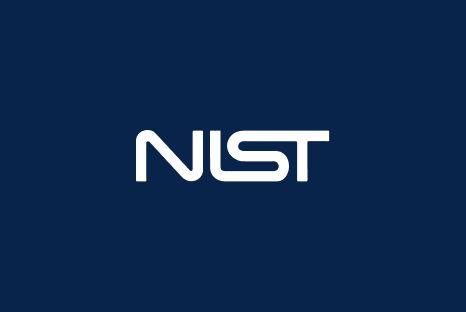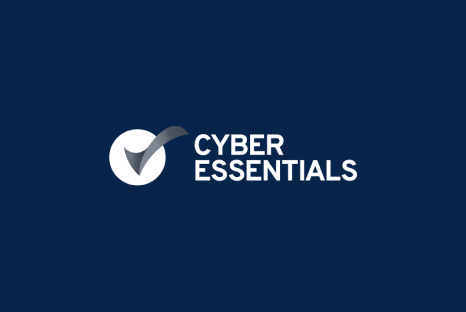What is DORA?
Are you in the financial services industry and want to learn more about DORA, become DORA compliant or maintain DORA compliance? Explore our guide on everything DORA.
Introduction to DORA
DORA (Digital Operational Resilience Act) is a comprehensive regulatory framework aimed at enhancing the digital resilience and cybersecurity posture of financial entities within the European Union. Adopted by the European Parliament and Council in December 2022, DORA establishes a harmonized set of rules and requirements to ensure that financial institutions can withstand and effectively respond to information and communication technology (ICT) risks.
The need for DORA
The financial sector's increasing reliance on digital technologies and interconnected systems has exposed it to a growing array of cyber threats, including cyberattacks, system outages, and data breaches. These events can have severe consequences, such as disruption of essential services, financial losses, and erosion of public trust. DORA addresses the need for a consistent and robust approach to managing ICT risks across the EU, fostering operational resilience and safeguarding financial stability.
What is DORA?
DORA is a comprehensive set of regulatory requirements that financial entities, including banks, insurance companies, investment firms, and their critical IT and cloud service providers, must adhere to. It aims to establish a harmonized framework for managing ICT risks, ensuring the continuous availability of critical services, and protecting the integrity, confidentiality, and security of data and systems. DORA covers various aspects, including governance, risk management, incident reporting, digital operational resilience testing, and third-party risk management.
DORA implementation Process
- Scope: DORA applies to financial entities operating within the European Union, including credit institutions, payment institutions, electronic money institutions, investment firms, and insurance and reinsurance companies.
- Objectives:
- Enhance the digital operational resilience of financial entities.
- Establish a harmonized regulatory framework for managing ICT risks.
- Foster cooperation and information sharing among financial institutions and supervisory authorities.
- Promote the adoption of robust cybersecurity practices and incident response mechanisms.
- Ensure the continuity of critical financial services in the event of ICT disruptions.
- Key requirements:
- Establish an effective ICT risk management framework and governance structure.
- Implement measures to protect the confidentiality, integrity, and availability of data and systems.
- Develop and maintain robust incident response and resilience plans.
- Conduct regular digital operational resilience testing (e.g., threat-led penetration testing, advanced red team testing).
- Implement stringent third-party risk management practices for critical ICT service providers.
- Report major ICT-related incidents to the relevant supervisory authorities.
- Implementation and compliance: Financial entities must comply with DORA requirements within a specified timeframe, typically 12 to 24 months after the regulation's entry into force. Supervisory authorities will monitor and enforce compliance through regular assessments and audits.
- Continuous improvement: DORA emphasizes the need for financial institutions to continuously review and enhance their digital operational resilience capabilities, adapting to evolving cyber threats and leveraging emerging technologies and best practices.
DORA compliance requirements
DORA outlines a comprehensive set of requirements for financial entities to enhance their digital operational resilience and manage ICT risks effectively. Key requirements include:
- ICT risk management: Establishing a robust ICT risk management framework that identifies, assesses, and mitigates ICT risks, including cyber threats, system failures, and third-party dependencies.
- ICT incident management: Developing and maintaining effective incident response and recovery plans to ensure the continuity of critical services and minimize the impact of ICT-related incidents.
- Digital operational resilience Testing: Conducting regular threat-led penetration testing, advanced red team testing, and other resilience testing activities to identify vulnerabilities and assess the effectiveness of cyber defenses.
- Third-party risk management: Implementing stringent due diligence and oversight processes for critical ICT third-party service providers, including cloud service providers, to ensure their adherence to DORA requirements.
- ICT incident reporting: Establishing procedures for reporting major ICT-related incidents to the relevant supervisory authorities within specified timeframes, enabling coordinated response and information sharing.
Planning for DORA compliance
Achieving DORA compliance requires a strategic and comprehensive approach to align an organization's digital operational resilience practices with the regulation's requirements. Key planning activities include:
- Gap analysis: Conduct a thorough gap analysis to assess the organization's current digital operational resilience posture against DORA requirements, identifying areas that need improvement or additional measures.
- Resource allocation: Determine and allocate the necessary resources, including budget, personnel, and technology, to support the DORA compliance efforts effectively.
- Roadmap development: Establish a detailed roadmap outlining the steps and milestones for achieving DORA compliance, such as implementing risk management frameworks, enhancing incident response capabilities, and conducting resilience testing.
- Stakeholder engagement: Engage with all relevant stakeholders, including IT, risk management, compliance, and executive teams, to gain their support, involvement, and alignment throughout the compliance process.
- Governance and oversight: Establish a governance structure and assign roles and responsibilities for overseeing and managing the organization's digital operational resilience program and DORA compliance efforts.
Implementing DORA compliance
Successful implementation of DORA compliance involves a systematic approach and ongoing efforts to integrate digital operational resilience measures into the organization's operations. Key implementation steps include:
- Develop comprehensive policies and procedures: Establish detailed policies and procedures that address each DORA requirement, ensuring clarity and consistency in their implementation across the organization.
- Enhance ICT risk management capabilities: Implement robust risk assessment methodologies, risk mitigation strategies, and continuous monitoring processes to manage ICT risks effectively.
- Strengthen incident response and recovery plans: Develop and regularly test incident response and recovery plans to ensure the continuity of critical services and minimize the impact of ICT-related incidents.
- Conduct regular resilience testing: Implement a comprehensive resilience testing program, including threat-led penetration testing and advanced red team exercises, to identify vulnerabilities and validate the effectiveness of cyber defenses.
- Implement third-party risk management processes: Establish due diligence and oversight processes for critical ICT third-party service providers, including contractual requirements, regular assessments, and ongoing monitoring.
- Establish incident reporting mechanisms: Develop procedures for timely reporting of major ICT-related incidents to the relevant supervisory authorities, fostering transparency and enabling coordinated response efforts.
- Continuous improvement: Regularly review and enhance digital operational resilience capabilities, leveraging lessons learned from incidents, resilience testing, and evolving industry best practices.
Risk-based approach to DORA compliance
DORA emphasizes a risk-based approach to ensure that financial entities implement digital operational resilience measures that are proportionate to their specific risk profiles. This approach recognizes that different institutions may have varying levels of complexity, criticality, and risk exposure, necessitating tailored strategies for achieving compliance. Key aspects of the risk-based approach include:
- ICT risk identification and assessment:
- Financial entities are required to establish comprehensive processes for identifying, assessing, and monitoring ICT risks, including cyber threats, system failures, and third-party dependencies.
- The risk assessment should consider factors such as the nature, scale, and complexity of the institution's operations, the criticality of its services, and its interconnectedness with other financial institutions and third-party service providers.
- Risk-based measures and controls:
- Based on the risk assessment, financial entities must implement appropriate and proportionate measures and controls to manage their ICT risks effectively.
- Higher-risk institutions or those with more critical operations may need to implement more robust and stringent measures, such as advanced threat detection and response capabilities, enhanced incident response plans, and more frequent resilience testing.
- Lower-risk institutions may adopt less stringent but still compliant measures, provided they can demonstrate that their controls are commensurate with their risk exposure.
- Governance and oversight:
- DORA requires financial entities to establish a strong governance structure and assign clear roles and responsibilities for overseeing and managing their digital operational resilience programs.
- Senior management and governing bodies should be actively involved in setting the institution's risk appetite, approving risk management strategies, and ensuring the allocation of adequate resources for risk mitigation and compliance efforts.
- Risk-based resilience testing:
- Financial entities must conduct regular digital operational resilience testing, including threat-led penetration testing and advanced red team exercises.
- The scope, frequency, and intensity of these testing activities should be commensurate with the institution's risk profile and the criticality of its services.
- Higher-risk institutions may need to conduct more extensive and frequent testing to validate the effectiveness of their cyber defences and incident response capabilities.
- Continuous improvement and adaptation:
- DORA requires financial entities to continuously review and enhance their digital operational resilience capabilities, adapting to evolving risks, emerging threats, and industry best practices.
- Institutions should leverage lessons learned from incidents, resilience testing, and risk assessments to inform their risk management strategies and refine their measures and controls accordingly.
- By adopting a risk-based approach, DORA ensures that financial institutions implement digital operational resilience measures that are tailored to their specific risk profiles, while maintaining a consistent and harmonized regulatory framework across the European Union.
Benefits of DORA compliance
Complying with the Digital Operational Resilience Act (DORA) offers numerous advantages for financial institutions, enhancing their operational resilience, mitigating risks, and fostering trust within the European financial sector. Key benefits include:
- Strengthened cyber resilience: Implementing the robust measures and controls required by DORA, such as comprehensive risk management frameworks, incident response plans, and regular resilience testing, significantly enhances financial entities' ability to withstand and recover from cyber threats, system failures, and other ICT-related disruptions.
- Continuity of critical services: By ensuring digital operational resilience, financial institutions can maintain the continuous availability of their critical services, minimizing the impact of ICT incidents on their operations, customers, and the broader financial ecosystem.
- Harmonized regulatory framework: DORA establishes a consistent and harmonized set of requirements across the European Union, reducing regulatory fragmentation and facilitating cross-border operations for financial institutions operating in multiple jurisdictions.
- Fostered trust and confidence: Compliance with DORA's rigorous standards instills greater confidence among stakeholders, including customers, investors, and regulatory authorities, reinforcing the financial institution's reputation for robust risk management and operational resilience.
- Improved third-party risk management: DORA's stringent requirements for managing third-party ICT service providers help financial institutions mitigate risks associated with their supply chain dependencies, ensuring that critical service providers adhere to the same high standards of digital operational resilience.
- Collaborative incident response: DORA's emphasis on incident reporting and information sharing among financial entities and supervisory authorities fosters a collaborative approach to incident response, enabling coordinated efforts to mitigate the impact of major ICT-related incidents and address systemic risks.
- Competitive advantage: Financial institutions that achieve early compliance with DORA may gain a competitive advantage by demonstrating their commitment to digital operational resilience, potentially attracting customers and investors who prioritize secure and resilient financial services.
- Alignment with evolving cybersecurity landscape: By adhering to DORA's requirements, financial entities can better adapt to the rapidly evolving cybersecurity landscape, leveraging industry best practices and emerging technologies to enhance their digital operational resilience capabilities.
- Cost optimization: While DORA compliance may require initial investments, proactive measures and robust risk management practices can help financial institutions avoid the substantial costs associated with data breaches, system outages, and other cyber incidents, ultimately leading to long-term cost optimization.
By achieving compliance with DORA, financial entities can protect their operations, safeguard customer interests, and contribute to the overall stability and resilience of the European financial sector in an increasingly digital and interconnected environment.
Download our free cyber risk management guide and turn-key risk library to kick off your DORA compliance
Power your DORA compliance program with 6clicks

Go beyond tick-box risk and compliance for cyber with AI-powered solutions that engage the entire business
Anthony Stevens, CEO of 6clicks, discusses the company's mission and market differentiation.

Security compliance
Centralize and streamline multi-framework compliance from inception to audit.
-1.png)
IT risk management
Intelligently manage your risk profile to make better decisions while keeping your company safe.
Vendor management
Confidently engage vendors in line with their criticality and rapidly identify and treat vendor non-compliance.

Incident management
Capture, respond and learn from incidents and breaches while ensuring minimal disruption to business operations.
Comply with DORA and the most in-demand security frameworks
Streamline multi-framework compliance with AI-powered cross-walking and turn-key content.
Discover how Hub & Spoke helps financial services firms balance control and autonomy for distributed cyber GRC programs across business units, jurisdictions and services
Thought leadership
Fresh new thinking
Keep up to date with what's new and thought leadership in relation to all things 6clicks.

Canada's cybersecurity surge: GRC readiness for 2025
Canada’s cyber threat landscape is intensifying, with state-sponsored actors, ransomware, and AI-driven attacks putting critical infrastructure and...

AI GRC software: The complete guide for 2025
Governance, risk, and compliance (GRC) has reached a breaking point. Organizations are drowning in complex regulations, rising cyber threats, and...

The future of GRC is federated + AI: Here's why
Today, governance, risk, and compliance (GRC) has never been more complex, especially for global enterprises and managed service providers juggling...

UK enterprise GRC: Humanising workforce engagement
UK enterprises face a critical disconnect between their governance, risk, and compliance (GRC) training investments and actual workforce engagement...

The GRC advantage for German MSPs in 2025: From compliance to competitive edge
Germany operates under one of Europe's most sophisticated regulatory frameworks, with the German IT Security Act 2.0 and the recently implemented NIS...

Data-driven GRC: Building a strategic advantage for the UK Government
Traditional governance, risk, and compliance (GRC) frameworks in the UK government have operated as siloed, reactive functions—addressing issues...

GRC for small businesses: A beginner’s guide to smart compliance
When it comes to governance, risk, and compliance (GRC), many small businesses assume it’s only a concern for large enterprises with sprawling...
Intelligently accelerate your cyber risk and compliance program today
Stop wasting time with complicated pricing, longwinded consulting efforts and outdated technology.






